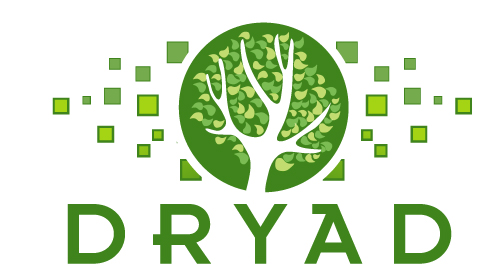 Journal publisher Elsevier and the Dryad Digital Repository recently announced a new cooperative effort providing two-way links between their content. This reciprocal linking between Dryad and Elsevier’s ScienceDirect platform is currently available for 28 journals, including:
Journal publisher Elsevier and the Dryad Digital Repository recently announced a new cooperative effort providing two-way links between their content. This reciprocal linking between Dryad and Elsevier’s ScienceDirect platform is currently available for 28 journals, including:
- Hormones and Behavior

- Infection, Genetics and Evolution
- Journal of Biomedical Informatics
- Molecular and Biochemical Parasitology
If an article’s associated data set is stored on Dryad, you can link directly to it from ScienceDirect by clicking on the “Data in DRYAD” button, under “Applications and tools” in the panel to the right of the article display. A link to the ScienceDirect article will likewise appear on the Dryad Web page for the data set(s). Access to the full-text article is only available if the University of Pittsburgh has a subscription to that journal. Dryad also provides a citation for the data set, including its Digital Object Identifier (DOI), a persistent link to the data set(s). To see an example of the two-way linking, visit:
Dryad is a non-profit organization with members worldwide; its mission is to make the data sets underlying scientific/medical research publications more discoverable, reusable, and citable. Researchers can deposit large data sets in Dryad, using it to facilitate peer review or to comply with journal, funding organization, and institutional data policies. Dryad is integrated with several other publishers and their journals, including Heredity and PLoS Biology.
Reciprocal linking with Dryad ties in with Elsevier’s “Article of the Future” program, which aims to improve the format of the scientific research article. Elsevier similarly collaborates with numerous other repositories, including GEO (Gene Expression Omnibus) and ClinicalTrials.gov.
*Parts of this article were reprinted from the Elsevier and Dryad Implement Reciprocal Linking between Datasets and Published Research Articles press release.
~ Jeff Husted